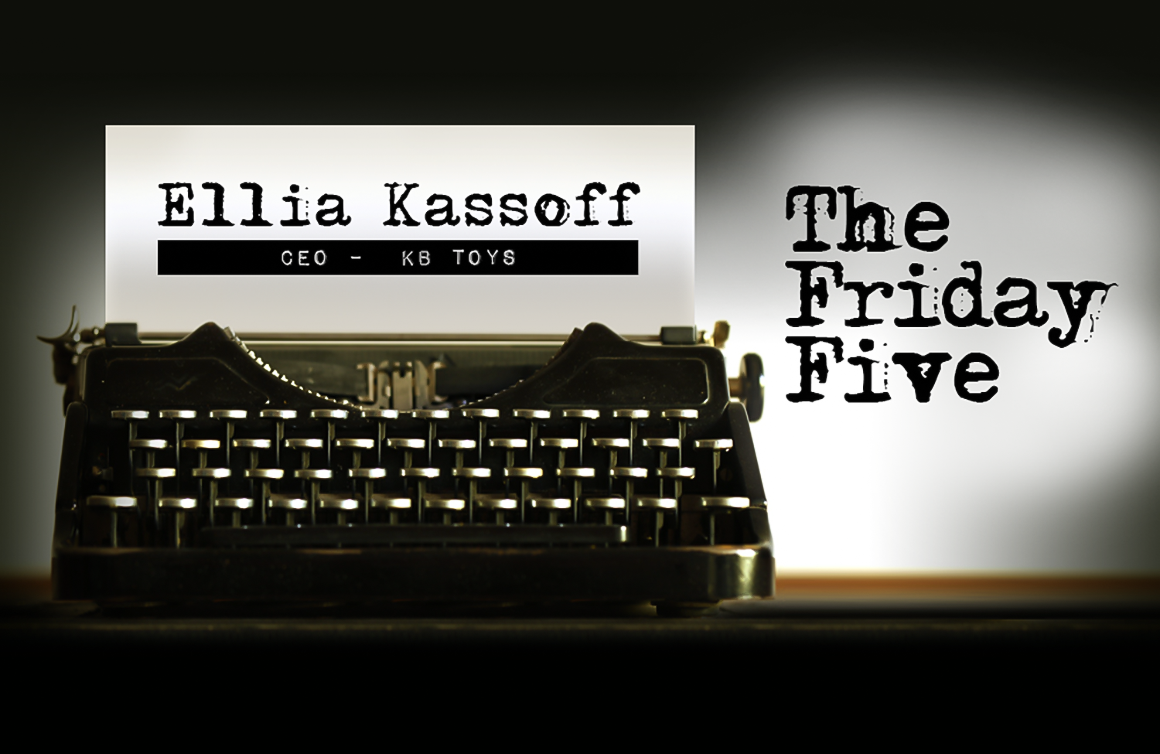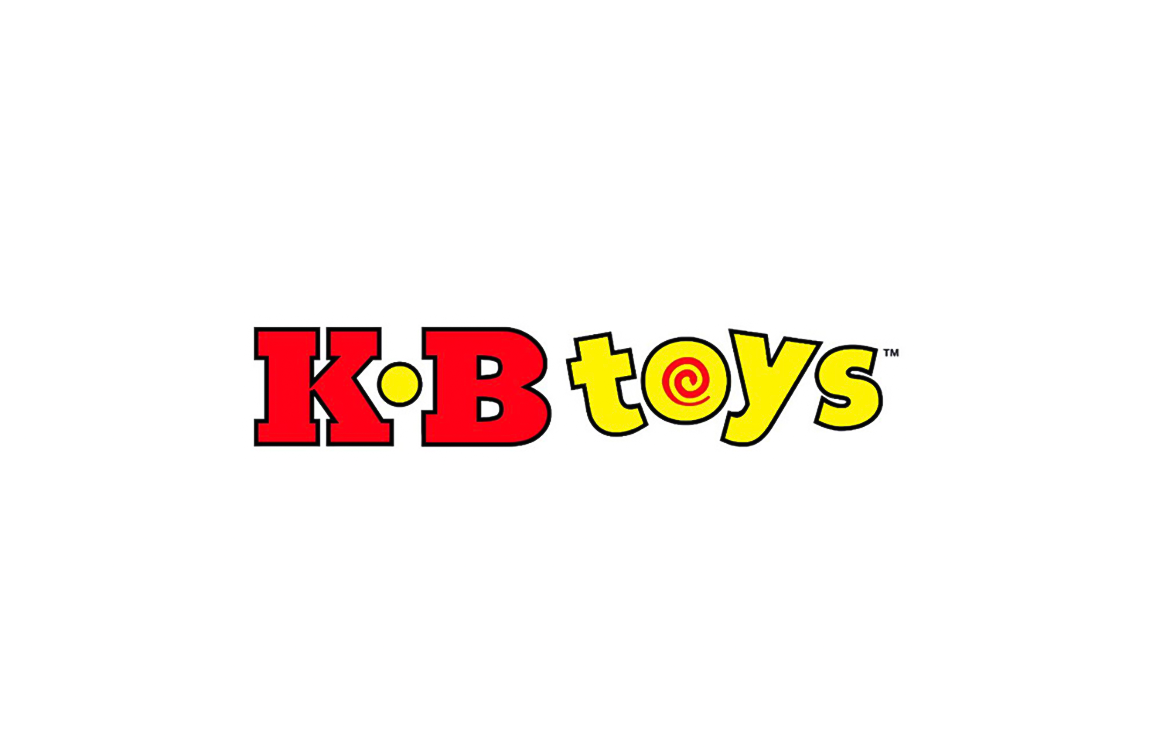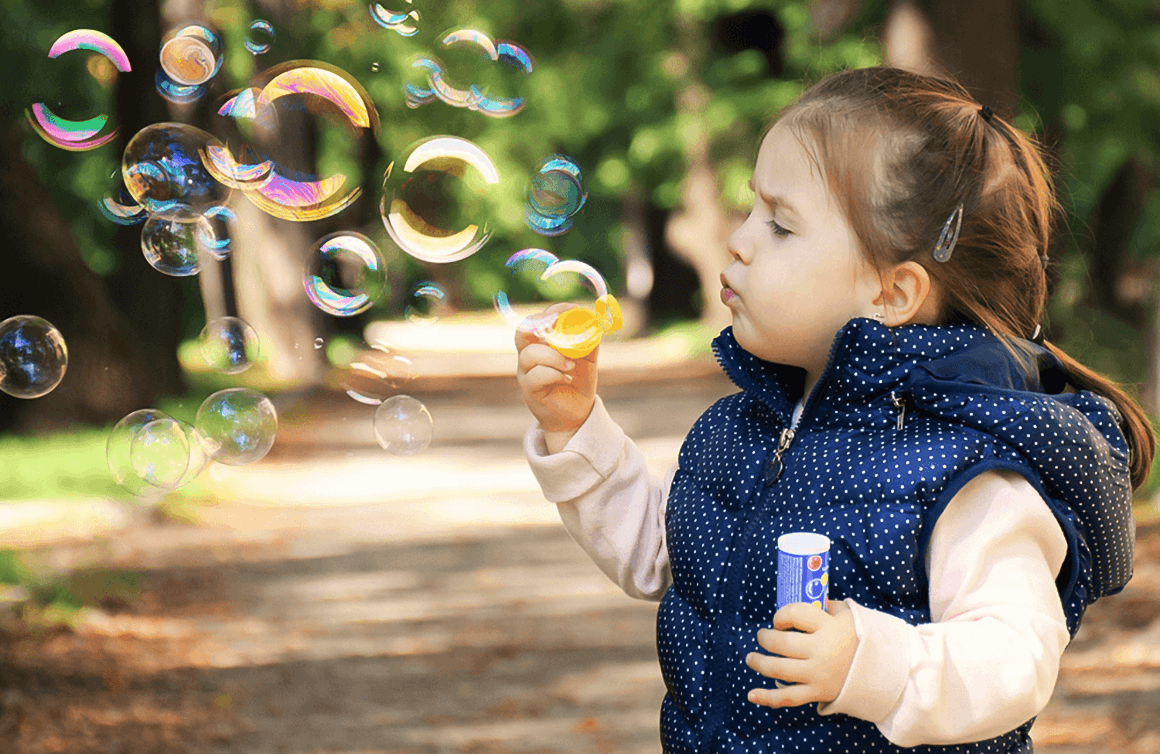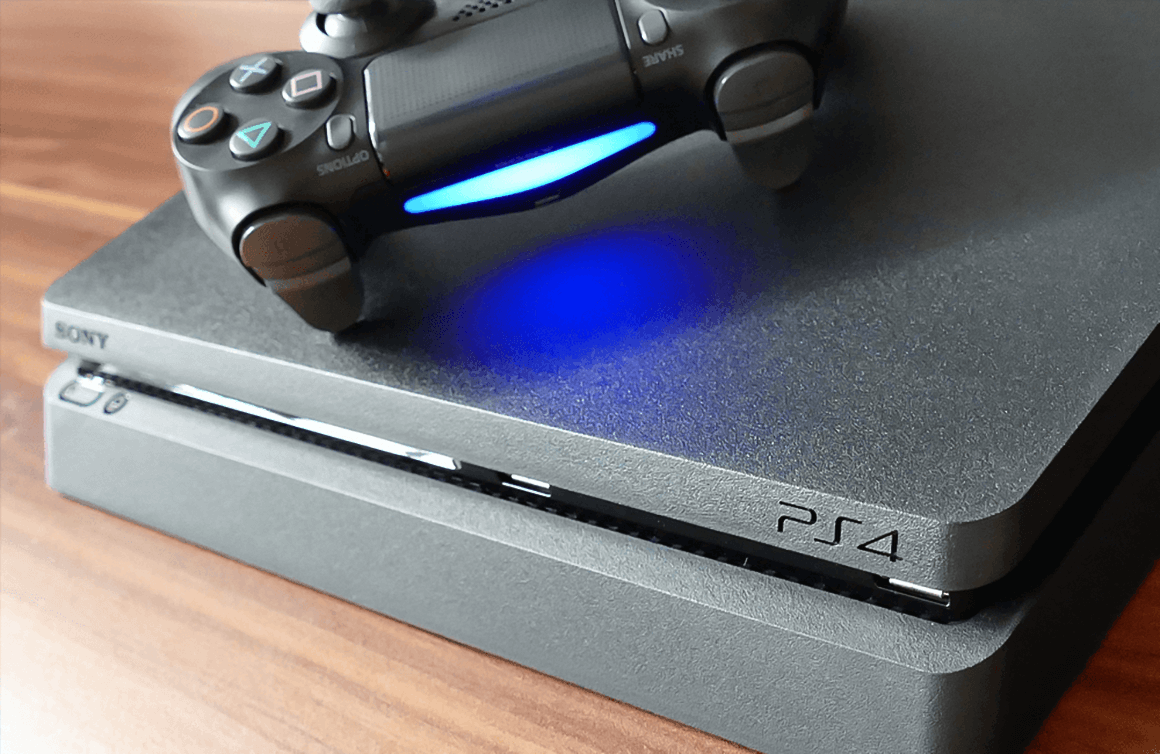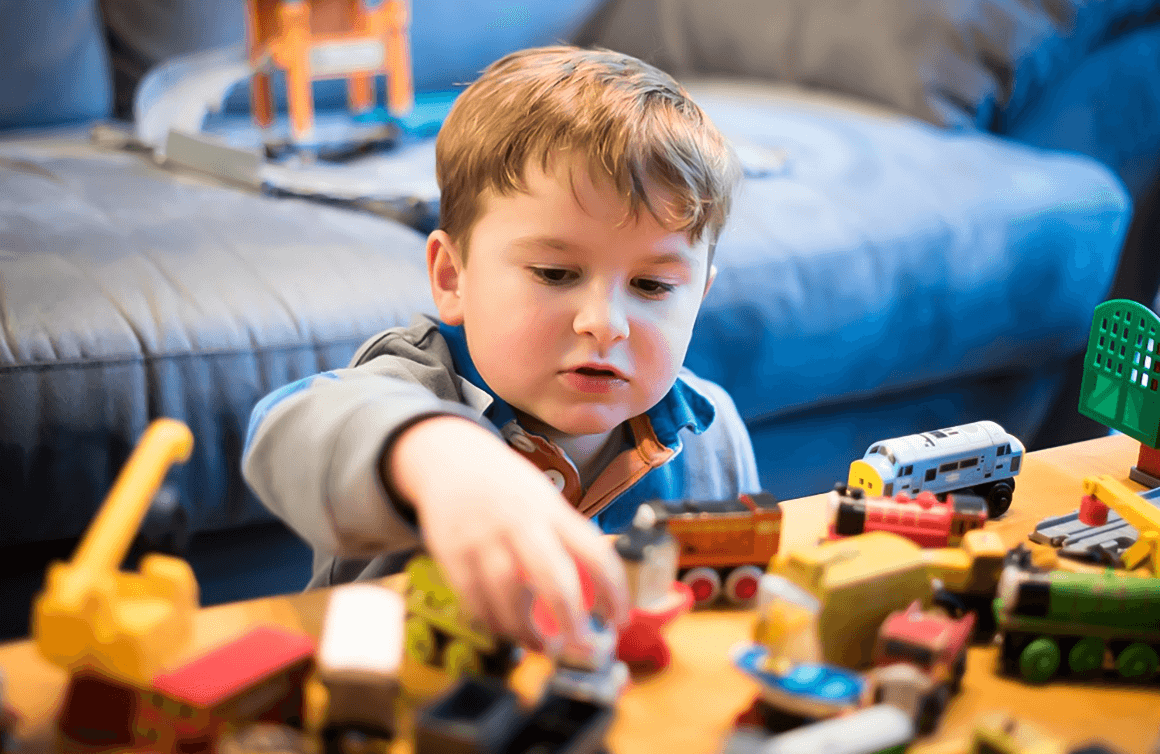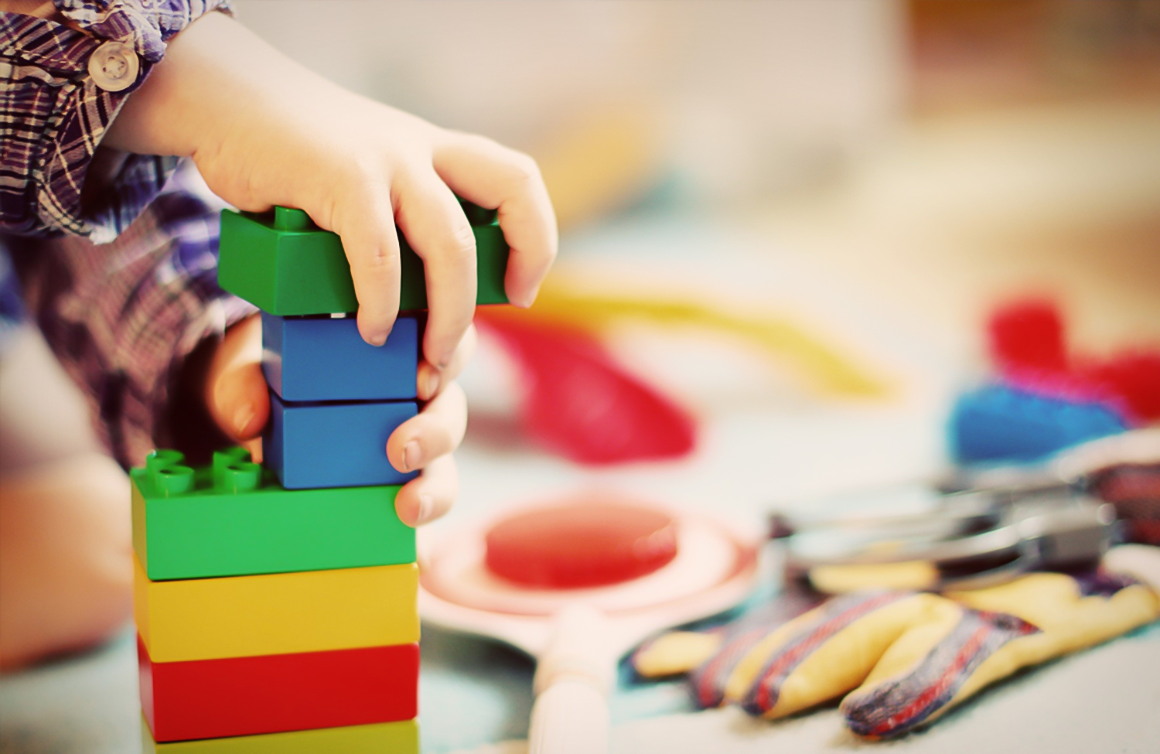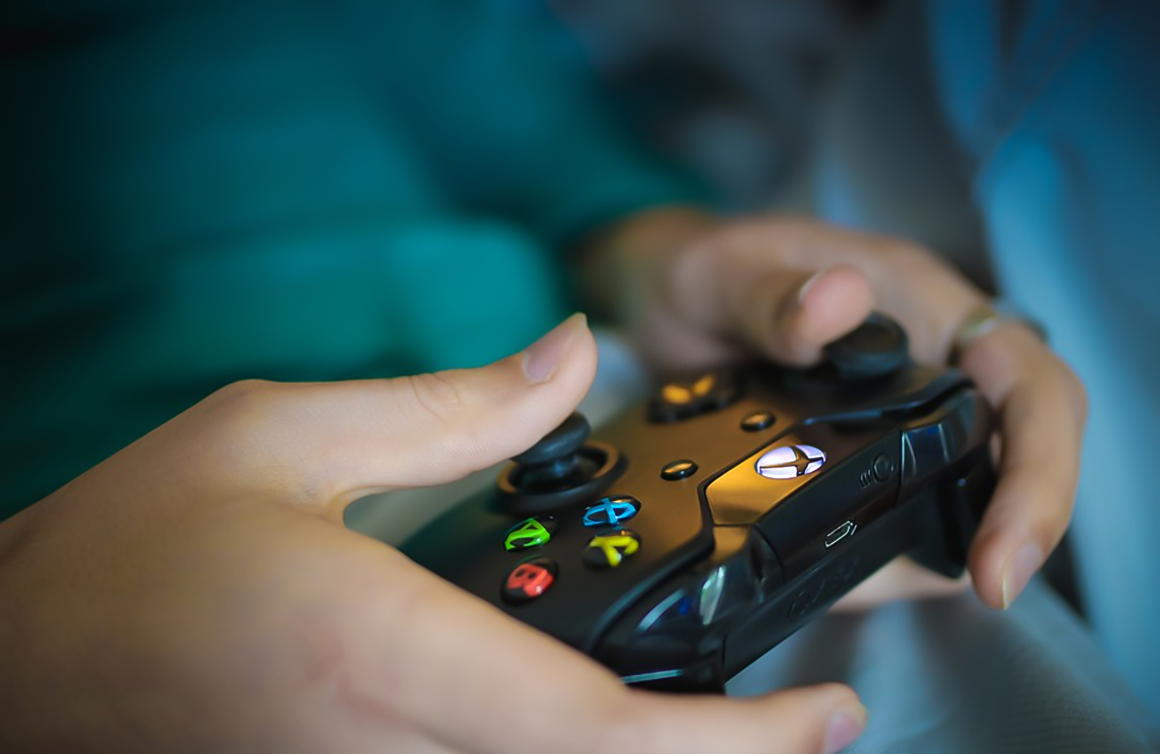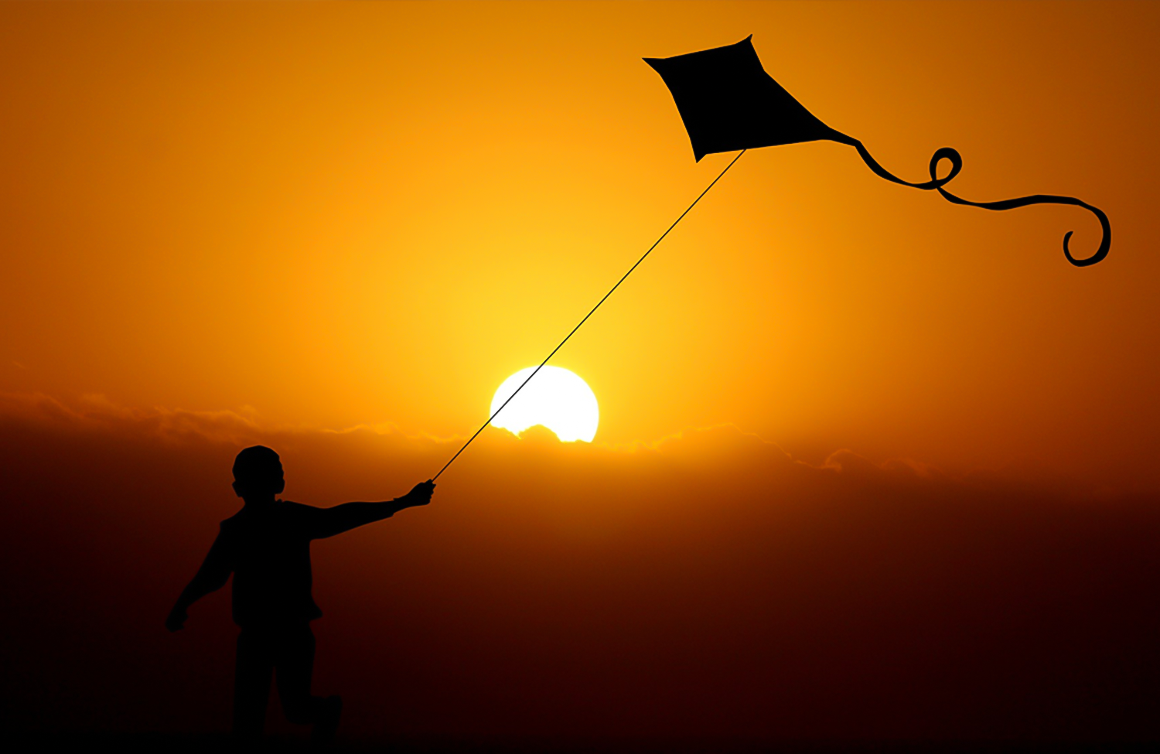Tell me about the history of KB Toys.
KB Toys started as a wholesale candy store in 1922 before becoming a wholesale toy store in the 1940s. In the early 1970s, they closed their wholesale business and moved into retail with mall-based toy stores. They grew to over 1,000 stores and became one of the largest toy retailers in the United States. Bain Capital bought the company in 2000 with a small down payment, but they took the dividends for their own use and gave KB Toys the debt repayments. There are some who think Bain Capital never intended to pay back the money. KB Toys filed for bankruptcy in 2008. People in the toy industry think private equity killed the toy industry.

What makes KB Toys an attractive brand to revive?
FAO Schwarz just opened at Rockefeller Plaza in New York City. I’m sure it’s a great place to play and hang out but it’s a high-priced experience because it’s a flagship store in a high-rent location. Consumers are no longer willing to pay high prices for toys. Consumers will scan the barcode of a toy at FAO Schwarz and see that they can buy it for much cheaper at Walmart or Target. How many people will actually buy that toy while at FAO Schwarz? With KB Toys, their reputation has always been a good experience at good value. The company bought overstock items and had different programs in place to keep prices low. There was always a deal. A parent shopping with their kids at KB Toys will scan a barcode and see that an item is maybe fifty cents less online, but what parent is going to disappoint their child and risk a screaming fit over fifty cents? KB Toys is perfect for today’s market.

How have toy manufacturers reacted to the news of the KB Toys revival?
They are really excited. That’s kind of an understatement. We’ve been working on a sustainable strategy for a year and a half and it’s ready to go. Let’s be honest, toy manufacturers are suffering. When Toys R Us closed, they left $8 – $12 billion in revenue on the table. Target and Walmart only expand their toy offerings by 20% – 30% over the holidays and they just buy the top five or so toys in each category. There are also opportunists opening up pop-up stores that will be gone once the holidays are over. Geoffrey’s Toy Box is an example of that strategy. They’ll offer a limited selection of toys within Kroger grocery stores. Do parents really want to go into Kroger for groceries and have their child screaming for a toy? And there’s zero experience in this environment. It’s like eating a teaspoon of sugar versus enjoying delicious candy. That’s my opinion.
There needs to be a national retail toy chain to build and maintain the industry, to nurture small toy manufacturers, and allow large manufacturers to expand their business. We believe in our strategy and we’re bringing investors on board who feel the same. I’ll talk with anybody to discuss the opportunity we have in front of us.

How will KB Toys compete with online retailers?
The press love to talk about how e-commerce is taking over the world and that one day soon people will no longer shop in person and stores will all close. It’s absolutely not true. People still go to stores to see, touch, and feel. When people buy online, they buy a lot of stuff and then return a portion of it. Amazon Prime shoppers already have their lists for the holidays and are not going to buy more simply because Toys R Us stores have closed. Amazon is not going to capture the everyday non-Prime customer because the shipping will cost too much; it won’t be worth it. And Amazon can’t deal with the last-minute gifts or forgotten birthday parties. Amazon knows this, which is why we are starting to see Amazon brick-and-mortar stores. People still like to shop in a store. And look at the collectibles market. Collectors don’t want to order items online because they can arrive with crushed packaging and broken items. Collectors want the in-store experience. E-commerce will be part of the KB Toys strategy, but it will be an omnichannel experience.

What can toy fans expect when KB Toys opens its doors in 2019?
I can’t get into that too much at this point. I can tell you that the new stores will be a tip of the hat to the stores people know and love, updated for today’s customers. The core principals of KB Toys are still in place. In order to be successful, we need two things: 1) to understand the customer and 2) to know how to compete in today’s market. We can’t be the retailer of 15 years ago. We’ve created a sustainable model that will bring people in not just at the holidays but once a month, and even once a week. We’ve brought parent groups, collectors, and others to the table to ask what they want to see. Our methodology is to be focused and in touch with the customer who loves our products and services.
If we’ve done our job right, adults will be running up and down the aisles cheering with excitement, not just kids.

